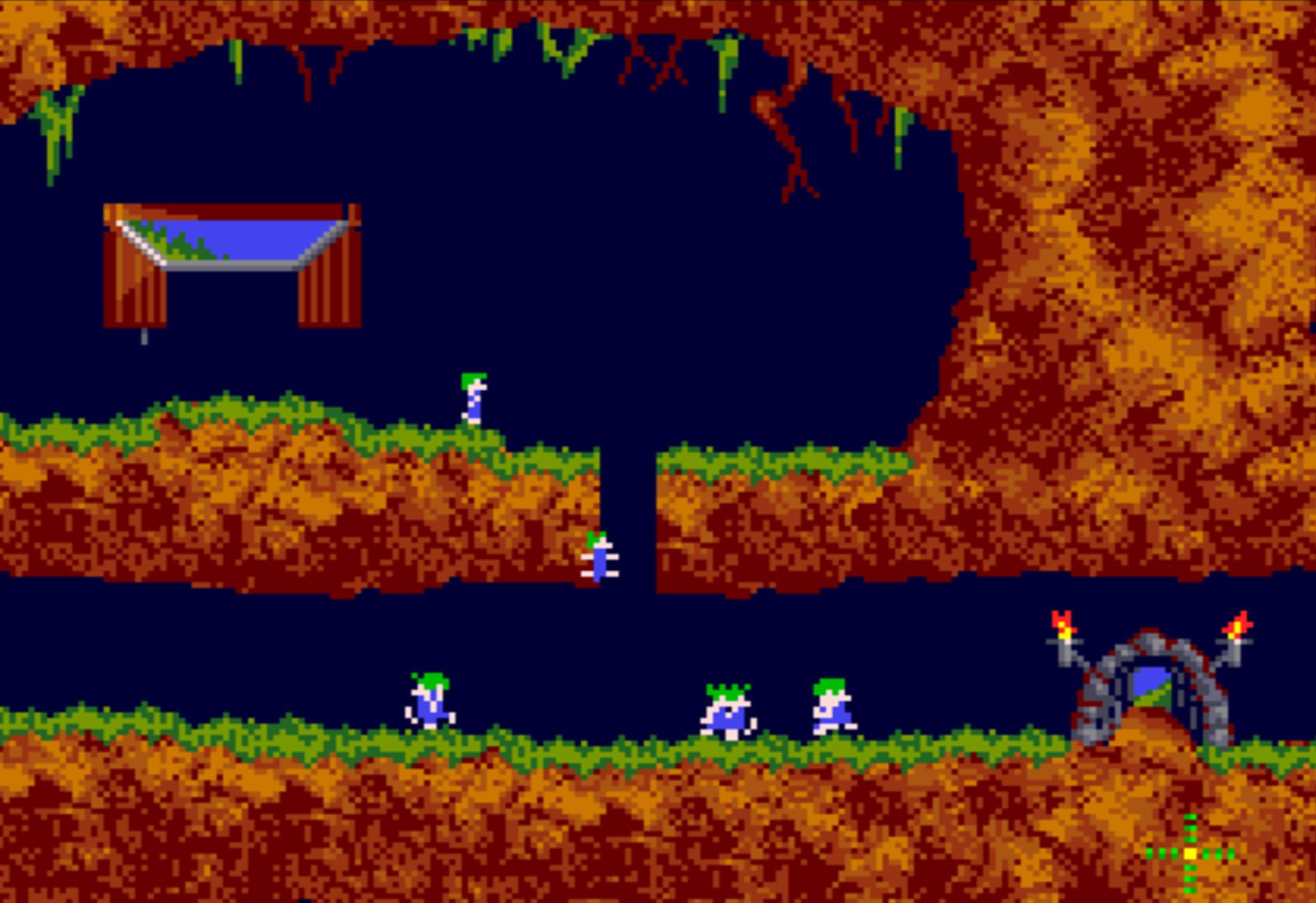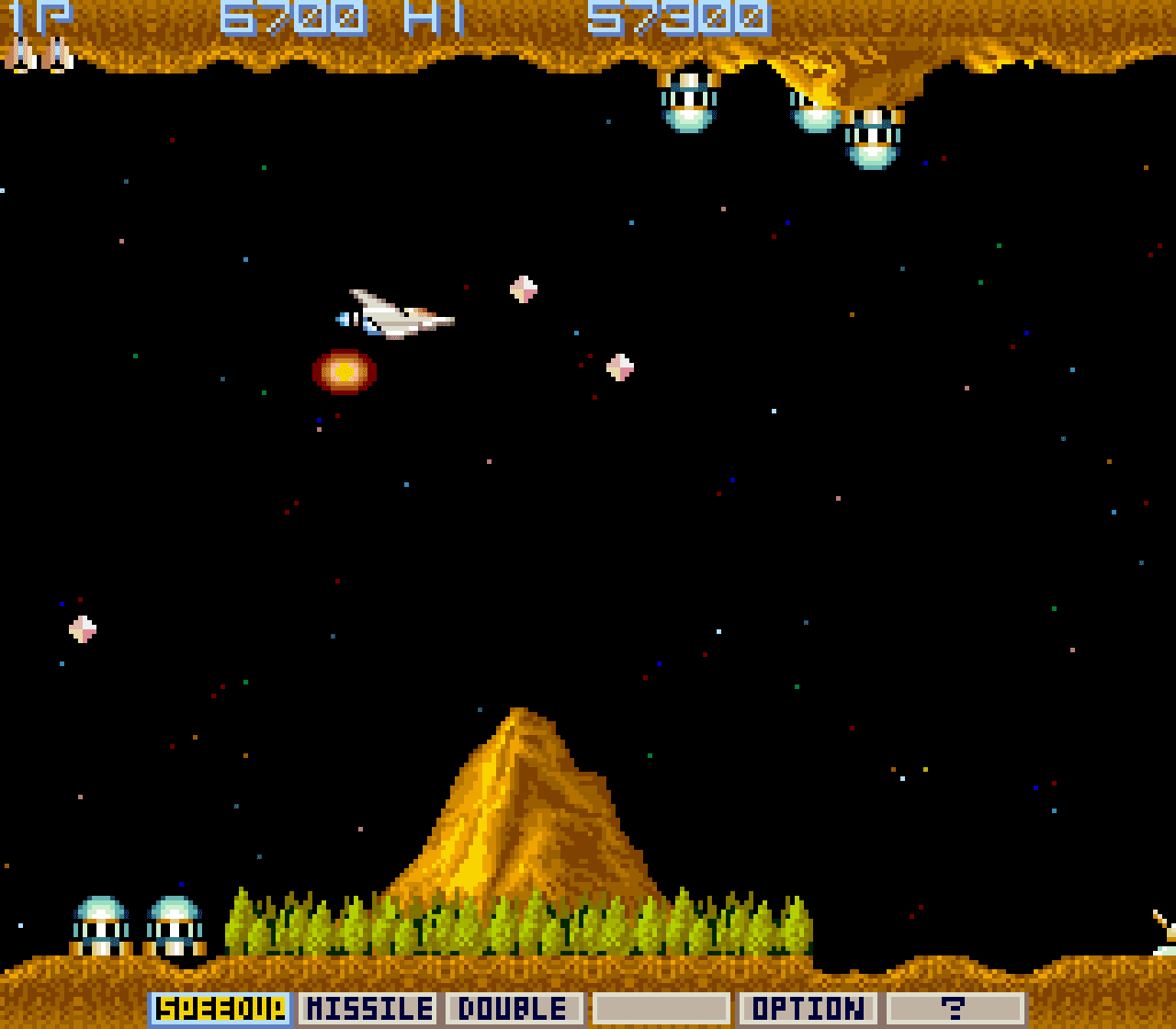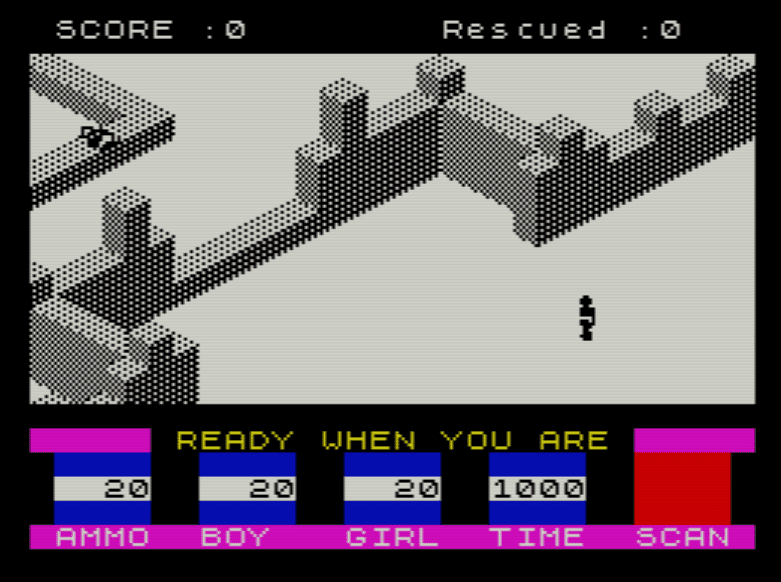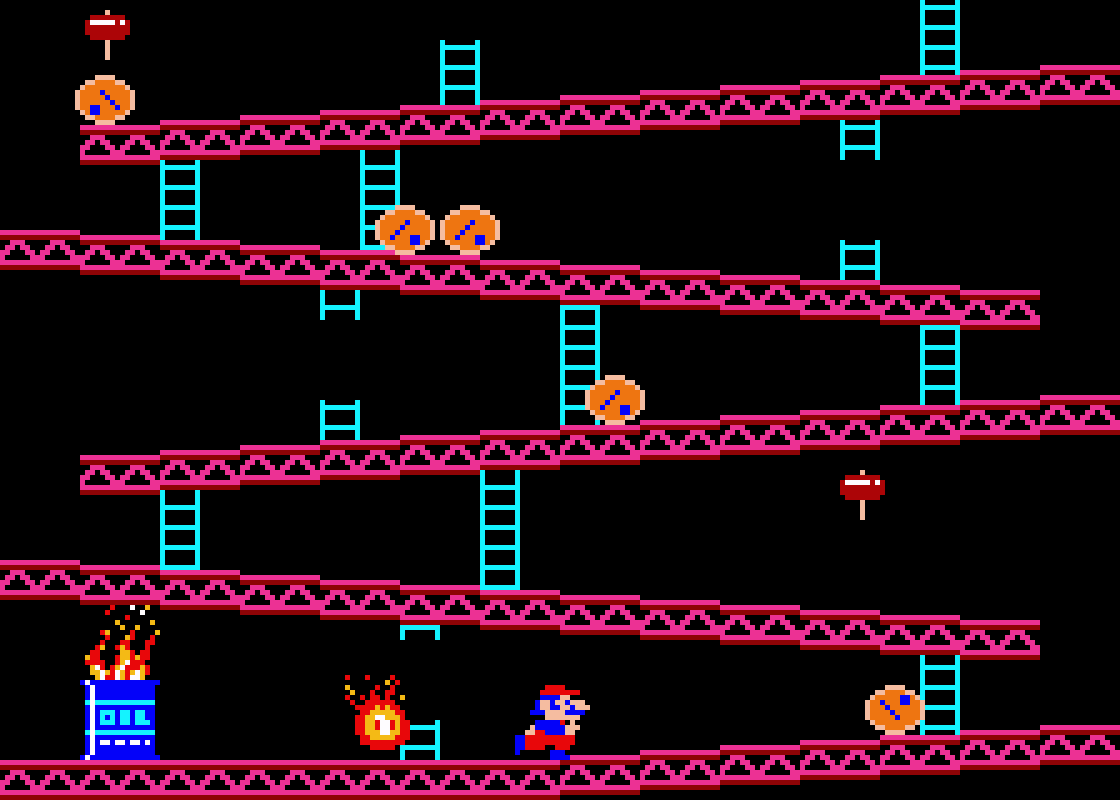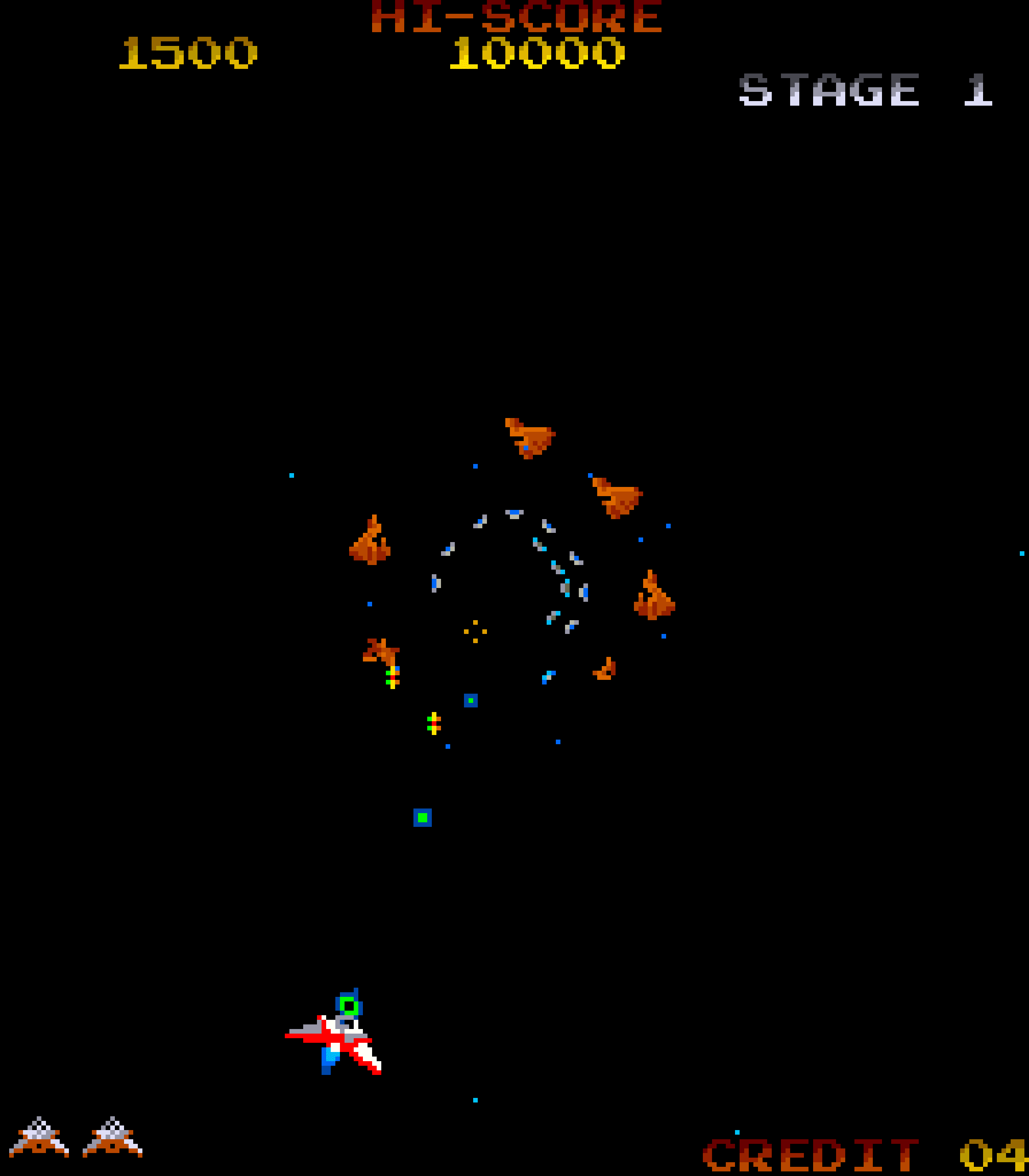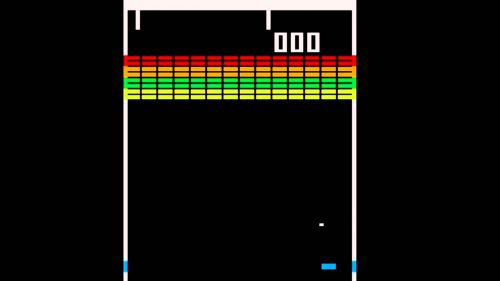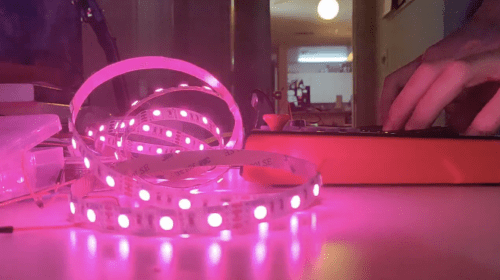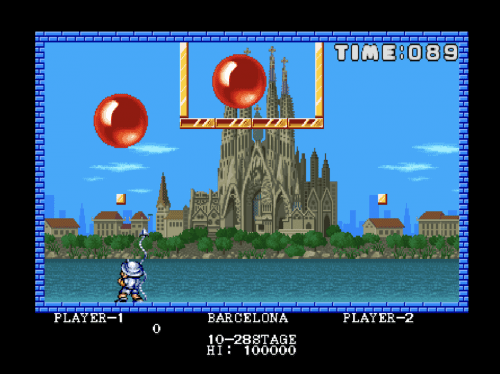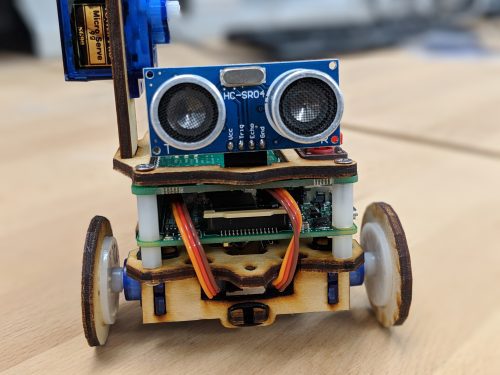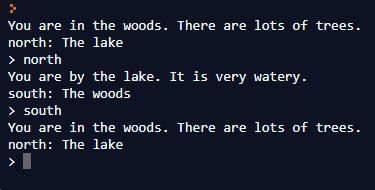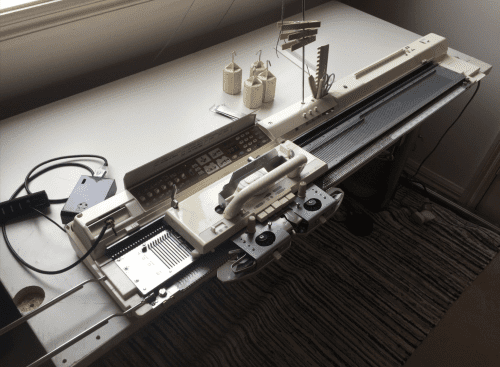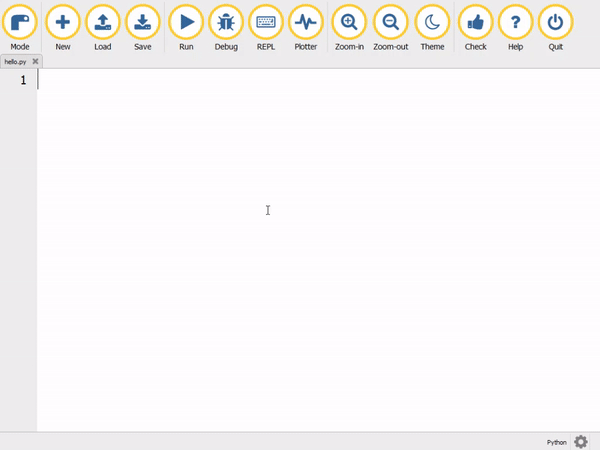Schlagwort: Python
-

Code your own path-following Lemmings in Python | Wireframe issue 17
Reading Time: 4 minutesLearn how to create your own obedient lemmings that follow any path put in front of them. Raspberry Pi’s own Rik Cross explains how. The original Lemmings, first released for the Amiga, quickly spread like a virus to just about every computer and console of the day. Lemmings Lemmings is a puzzle-platformer,…
-

Recreate the sprite-following Options from Gradius using Python | Wireframe issue 16
Reading Time: 4 minutesLearn how to create game objects that follow the path of the main player sprite. Raspberry Pi’s own Rik Cross explains all. Options first appeared in 1985’s Gradius, but became a mainstay of numerous sequels and spin-offs, including the Salamander and Parodius series of games. Gradius First released by Konami in 1985,…
-

Recreate the sprite-following Options from Gradius using Python | Wireframe issue 16
Reading Time: 4 minutesLearn how to create game objects that follow the path of the main player sprite. Raspberry Pi’s own Rik Cross explains all. Options first appeared in 1985’s Gradius, but became a mainstay of numerous sequels and spin-offs, including the Salamander and Parodius series of games. Gradius First released by Konami in 1985,…
-

Recreate the sprite-following Options from Gradius using Python | Wireframe issue 16
Reading Time: 4 minutesLearn how to create game objects that follow the path of the main player sprite. Raspberry Pi’s own Rik Cross explains all. Options first appeared in 1985’s Gradius, but became a mainstay of numerous sequels and spin-offs, including the Salamander and Parodius series of games. Gradius First released by Konami in 1985,…
-

Recreate the sprite-following Options from Gradius using Python | Wireframe issue 16
Reading Time: 4 minutesLearn how to create game objects that follow the path of the main player sprite. Raspberry Pi’s own Rik Cross explains all. Options first appeared in 1985’s Gradius, but became a mainstay of numerous sequels and spin-offs, including the Salamander and Parodius series of games. Gradius First released by Konami in 1985,…
-

Coding an isometric game map | Wireframe issue 15
Reading Time: 4 minutesIsometric graphics give 2D games the illusion of depth. Mark Vanstone explains how to make an isometric game map of your own. Published by Quicksilva in 1983, Ant Attack was one of the earliest games to use isometric graphics. And you threw grenades at giant ants. It was brilliant. Isometric projection Most…
-

Make a Donkey Kong–style walk cycle | Wireframe issue 14
Reading Time: 5 minutesEffective animation gave Donkey Kong barrels of personality. Raspberry Pi’s own Rik Cross explains how to create a similar walk cycle. Donkey Kong wasn’t the first game to feature an animated character who could walk and jump, but on its release in 1981, it certainly had more personality than the games that…
-

Create an arcade-style zooming starfield effect | Wireframe issue 13
Reading Time: 3 minutesUnparalleled depth in a 2D game: PyGame Zero extraordinaire Daniel Pope shows you how to recreate a zooming starfield effect straight out of the eighties arcade classic Gyruss. The crowded, noisy realm of eighties amusement arcades presented something of a challenge for developers of the time: how can you make your game…
-

Recreate iconic 1980s game explosions | Wireframe issue 12
Reading Time: 3 minutesRik Cross, Senior Learning Manager here at the Raspberry Pi Foundation, shows you how to recreate the deadly explosions in the classic game, Bomberman. An early incarnation of Bomberman on the NES; the series is still going strong today under Konami’s wing. Creating Bomberman Bomberman was first released in the early 1980s as…
-

Watch Game of Thrones with a Raspberry Pi-powered Drogon
Reading Time: 2 minutesChannel your inner Targaryen by building this voice-activated, colour-changing, 3D-printed Drogon before watching the next episode of Game of Thrones. Winter has come This is a spoiler-free zone! I’ve already seen the new episode of season 8, but I won’t ruin anything, I promise. Even if you’ve never watched an episode of…
-

Raspberry Pi-controlled brass bell for ultimate the wake-up call
Reading Time: 2 minutesNot one for rising with the sun, and getting more and more skilled at throwing their watch across the room to snooze their alarm, Reddit user ravenspired decided to hook up a physical bell to a Raspberry Pi and servo motor to create the ultimate morning wake-up call. DIY RASPBERRY PI BELL…
-

Coding Breakout’s brick-breaking action | Wireframe #11
Reading Time: 3 minutesAtari’s Breakout was one of the earliest video game blockbusters. Here’s how to recreate it in Python. The original Breakout, designed by Nolan Bushnell and Steve Bristow, and famously built by a young Steve Wozniak. Atari Breakout The games industry owes a lot to the humble bat and ball. Designed by Allan…
-

Bind MIDI inputs to LED lights using a Raspberry Pi
Reading Time: 2 minutesBlinky lights and music created using a Raspberry Pi? Count us in! When Aaron Chambers shared his latest project, Py-Lights, on Reddit, we were quick to ask for more information. And here it is: [Seizure Warning] Raspberry Pi MIDI LED demo A demo for controlling LEDs on a Raspberry Pi Song: Bassnectar…
-

Coding Pang’s sprite spawning mechanic | Wireframe #10
Reading Time: 4 minutesRik Cross, Senior Learning Manager here at Raspberry Pi, shows you how to recreate the spawning of objects found in the balloon-bursting arcade gem Pang. Pang: bringing balloon-hating to the masses since 1989. Capcom’s Pang Programmed by Mitchell and distributed by Capcom, Pang was first released as an arcade game in 1989,…
-

Coding Space Invaders’ disintegrating shields | Wireframe #9
Reading Time: 5 minutesThey add strategy to a genre-defining shooter. Andrew Gillett lifts the lid on Space Invaders’ disintegrating shields. Released in 1978, Space Invaders introduced ideas so fundamental to video games that it’s hard to imagine a time before them. And it did this using custom-made hardware which by today’s standards is unimaginably slow.…
-

GPIO Zero v1.5 is here!
Reading Time: 6 minutesGPIO Zero is a zero-boilerplate Python library that makes physical computing with Python more accessible and helps people progress from zero to hero. Today, I’m pleased to announce the release of GPIO Zero v1.5.0. It’s packed full of updates, including new features, bug fixes, and lots of improvements to the documentation. Guido,…
-

Building a text adventure | Wireframe #6
Reading Time: 5 minutesGame developer Andrew Gillett explains how to make a simple text adventure in Python — and what pitfalls to avoid while doing so — in the latest issue of Wireframe magazine, out now. Writing games in BASIC The first game I ever wrote was named Pooh. It had nothing to do with…
-

MagPi 77: Make with code
Reading Time: 3 minutesHey folks, Rob from The MagPi here! Before I head off on my Christmas holidays, I want to introduce you to The MagPi 77, where we teach you how to make with code. Making made fun! See what we did there? What do we mean by that? Well, using code to make…
-

MagPi 74: Build a Raspberry Pi laptop!
Reading Time: 3 minutesHey folks! Rob from The MagPi here with the good news that a brand new issue is out today, with a slightly new look. The MagPi 74 shows you how to build a Pi‑powered laptop, and gives tips on how to recycle an old laptop to use with Pi. The laptop is…
-

Networked knitting machine: not your average knit one, purl one
Reading Time: 4 minutesThe moment we saw Sarah Spencer‘s knitted Stargazing tapestry, we knew we needed to know more. A couple of emails later, and here’s Sarah with a guest blog post telling you all you need to know about her hacking adventure with a 1980s knitting machine and a Raspberry Pi. Knitting Printer! (slowest…
-

MagPi 73: make a video game!
Reading Time: 3 minutesHi folks, Rob from The MagPi here! As far back as I can remember, I always wanted to learn to code to make a video game. I’m technically working on one right now! It’s wildly behind my self-imposed schedule, though. If you too wish to learn how to make games, then check…
-

Mu, a new Python IDE for beginners
Reading Time: 2 minutesMu is a very simple-to-use Python editor and IDE (integrated development environment) and this week, version 1.0 was released! New Mu Mu is designed to be as user-friendly and as helpful as possible for new Python programmers, presenting just the tools that are useful, such as: Syntax highlighting Automatic indentation In-built help Code…
